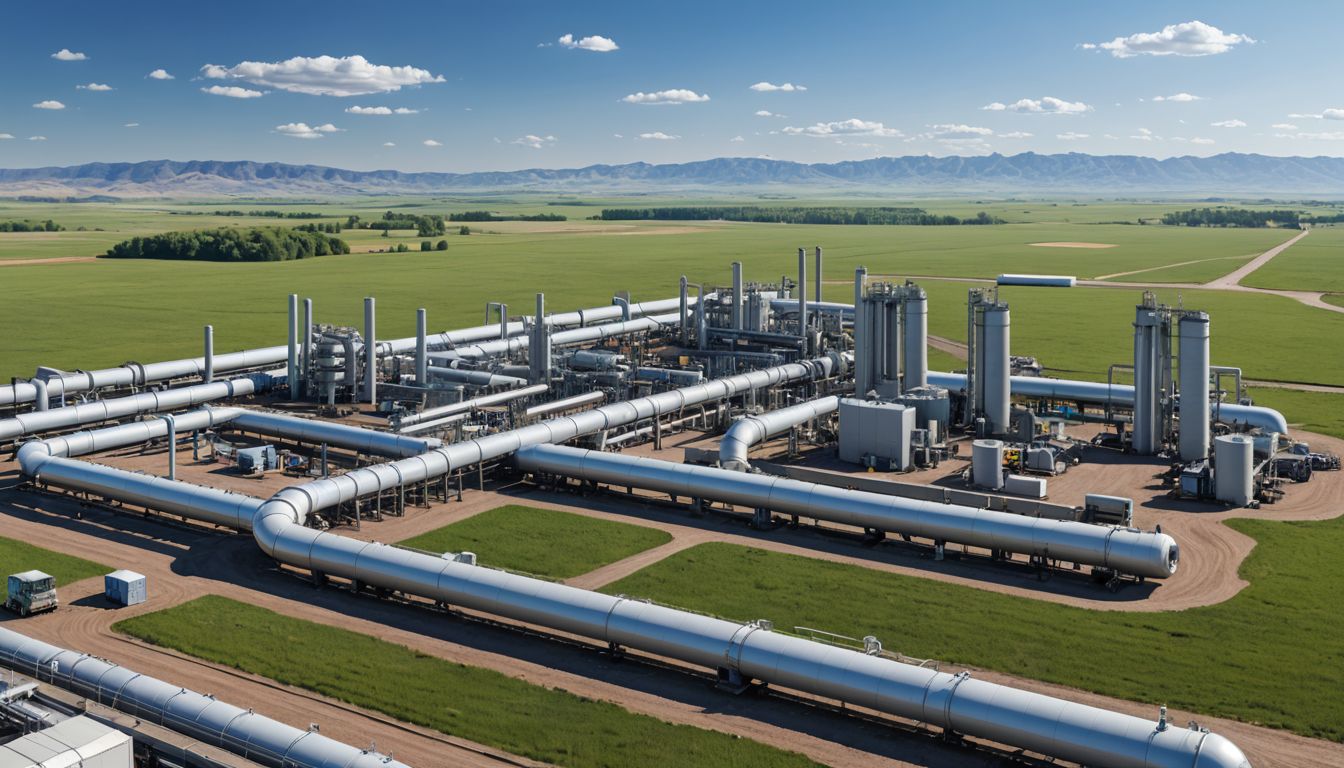Your cart is currently empty!

Oil Prices Plummet 3% Amid Fears of Global Trade War Sparked by Trumps New Tariffs
Oil prices experienced a significant decline, dropping by as much as 3%, following the announcement of sweeping new tariffs by U.S. President Donald Trump. Investors are concerned that these tariffs will ignite a global trade war, potentially curtailing economic growth and limiting fuel demand. Brent futures fell by $1.60, or 2.13%, to $73.35 a barrel,…
Oil prices experienced a significant decline, dropping by as much as 3%, following the announcement of sweeping new tariffs by U.S. President Donald Trump. Investors are concerned that these tariffs will ignite a global trade war, potentially curtailing economic growth and limiting fuel demand. Brent futures fell by $1.60, or 2.13%, to $73.35 a barrel, after an earlier drop of 3.2%, marking the largest daily percentage decline since March 5. U.S. West Texas Intermediate crude futures also dropped by $1.62, or 2.26%, to $70.09, after an initial slip of 3.4%.
Trump’s announcement of a 10% minimum tariff on most goods imported to the United States, with higher duties on products from several countries, has escalated concerns over a global trade war. This move threatens to increase inflation and hinder U.S. and global economic growth. Market strategists noted that the tariff announcement caught markets off guard, as pre-announcement speculation had suggested a flat 15-20% tariff. The focus has now shifted to the global growth outlook, which is expected to be revised downward due to these higher-than-expected tariffs.
Although imports of oil, gas, and refined products were exempted from the new tariffs, the overall market reaction was negative. Japan’s Nikkei index plunged to an eight-month low, China’s yuan dropped to its lowest levels in seven weeks, and stock markets in Asia experienced significant declines. Analysts predict increased price volatility in the near term, as countries may attempt to negotiate lower tariff rates or enact retaliatory measures.
Adding to the bearish sentiment, the Energy Information Administration reported a surprising increase in U.S. crude inventories by 6.2 million barrels last week, contrary to analysts’ forecasts for a decline of 2.1 million barrels. The rise in inventories was driven by a surge in imports from Canada, which had anticipated tariffs on its crude shipments to the U.S. Additionally, the EIA data indicated lower gasoline demand and refinery runs, despite the approaching summer driving season.




Leave a Reply